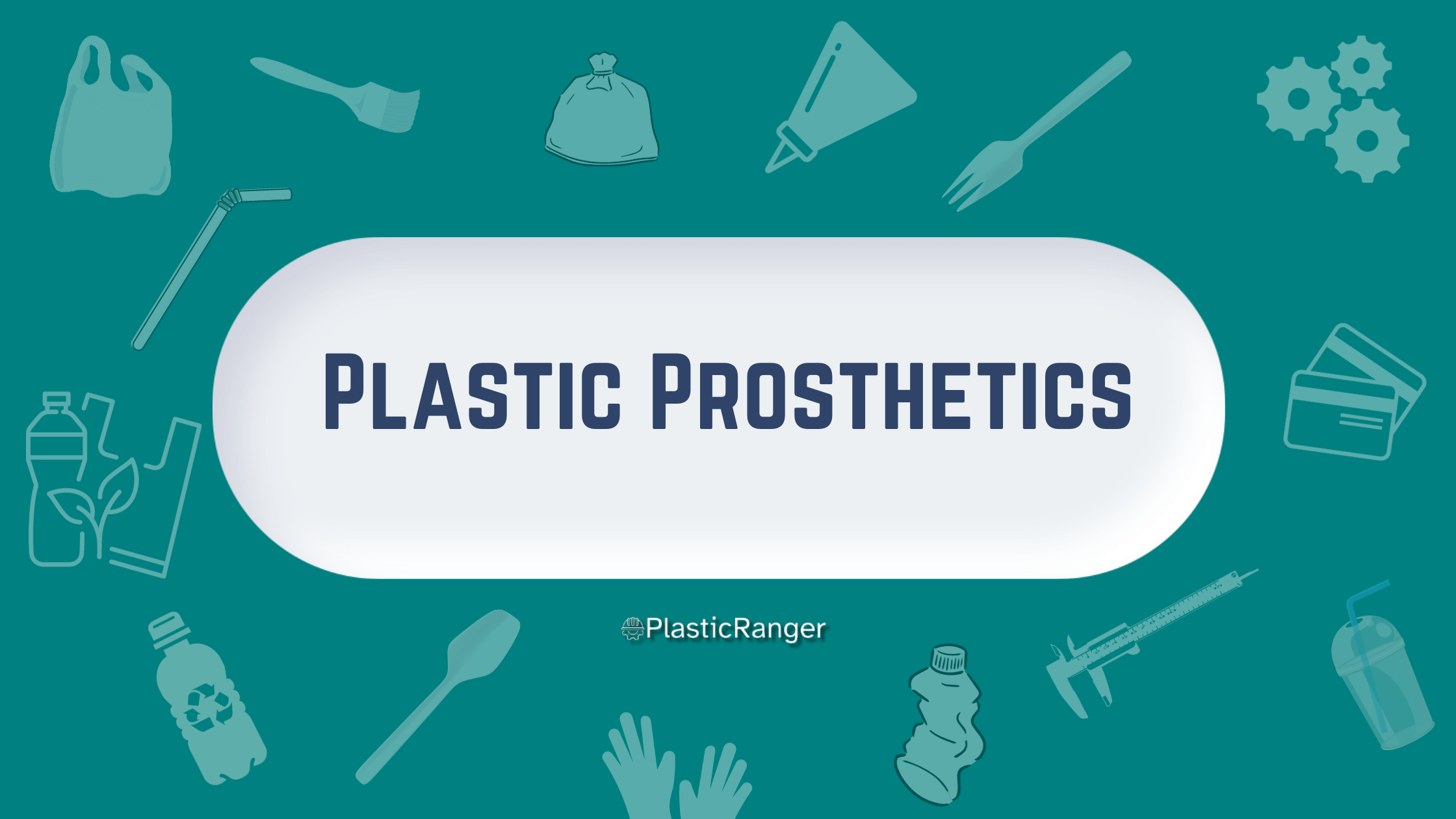Plastic Prosthetics: Materials and Evolution
The world of prosthetics has undergone tremendous transformation over the past few decades. We’ve transitioned from rudimentary wooden and metallic designs to materials that offer better functionality, aesthetics, and comfort. One such breakthrough material is plastic. Plastic prosthetics provide numerous advantages over traditional materials, making them popular for clinicians and patients.
The Rise of Plastic Prosthetics
Using plastics in prosthetics isn’t just a trend—it’s a revolution.
These materials offer several benefits:
Lightweight: Plastics are naturally light, making the prosthesis easier to wear and maneuver, especially for longer durations.
Durability: Some plastics can withstand daily wear and tear better than other materials, offering a prolonged life for the prosthetic device.
Flexibility: Certain plastics can be designed to mimic the elasticity and movement of natural tissues, providing a more organic feel.
Cost-Effective: While a broad spectrum of plastics has varying costs, plastic prosthetics are generally more cost-effective than those made from other materials like titanium.
Aesthetics: With plastics, there’s a potential for greater customization in color, texture, and design, which can lead to a more natural appearance.
Common Plastics Used in Prosthetics
The world of plastics is vast, but not all are suitable for prosthetic applications. Here are some of the most commonly used plastics with suitable properties that can be utilized in the prosthetics industry:
Polypropylene (PP)
PP is known for its flexibility and fatigue resistance. It’s one of the most commonly used plastics for the fabrication of prosthetic sockets. It’s lightweight, durable, and easily molded into the desired shape.
Polyethylene (PE)
Polyethylene is another commonly used material, especially prosthetic liners. Its slick surface offers ease of donning and doffing. HDPE and UHMW are the typical forms used, with the latter being valued for its exceptional durability and strength.
Thermoplastic elastomers (TPE)
TPE combines the properties of elastomers and plastics. Like TPR and TPU, they are stretchable and moldable and revert to their original shape once the stress is removed. They can be found in prosthetic liners and some flexible socket designs.
Acrylonitrile Butadiene Styrene (ABS)
ABS has a balance of strength, toughness, and stiffness, which makes it an excellent choice for specific prosthetic components, such as cosmetic shells.
Nylon (Polyamide)
Nylon, particularly its 6 and 6.6 variants, is known for its durability and resistance to wear. They are commonly used in the fabrication of prosthetic feet.
Silicone
While not a traditional “plastic,” silicone is worth mentioning. Silicone liners offer cushioning, durability, and excellent adherence to the skin, reducing the chances of the prosthesis slipping during movement.
The Way Forward
Despite their numerous advantages, plastic prosthetics aren’t without challenges. There’s an ongoing quest to find materials that balance flexibility, strength, and durability.
Moreover, as the medical field progresses, there’s a growing demand for integrated prosthetics—devices that can seamlessly connect with the wearer’s nervous system, allowing for more natural movements. Such integration may require the use of advanced materials or combinations of materials. Biocompatibility is another area of concern.
Ensuring the materials don’t cause allergic reactions or skin issues with wearers using prosthetics for extended durations is paramount. 3D printing intersects with prosthetics, leading to more personalized and tailored designs.
Plastics, being easily moldable, are at the forefront of this evolution, with various plastic composites being explored for 3D-printed prosthetic parts.
Conclusion
Plastic prosthetics have opened a new chapter in rehabilitation and assistive devices. The continuous evolution of plastic materials and their inherent properties—lightweight, durable, and flexible—make them an integral part of the future of prosthetics. As research continues and technology advances, we can expect even more innovative applications of plastics in this domain, offering enhanced mobility and quality of life to those in need.
Quick Navigation

